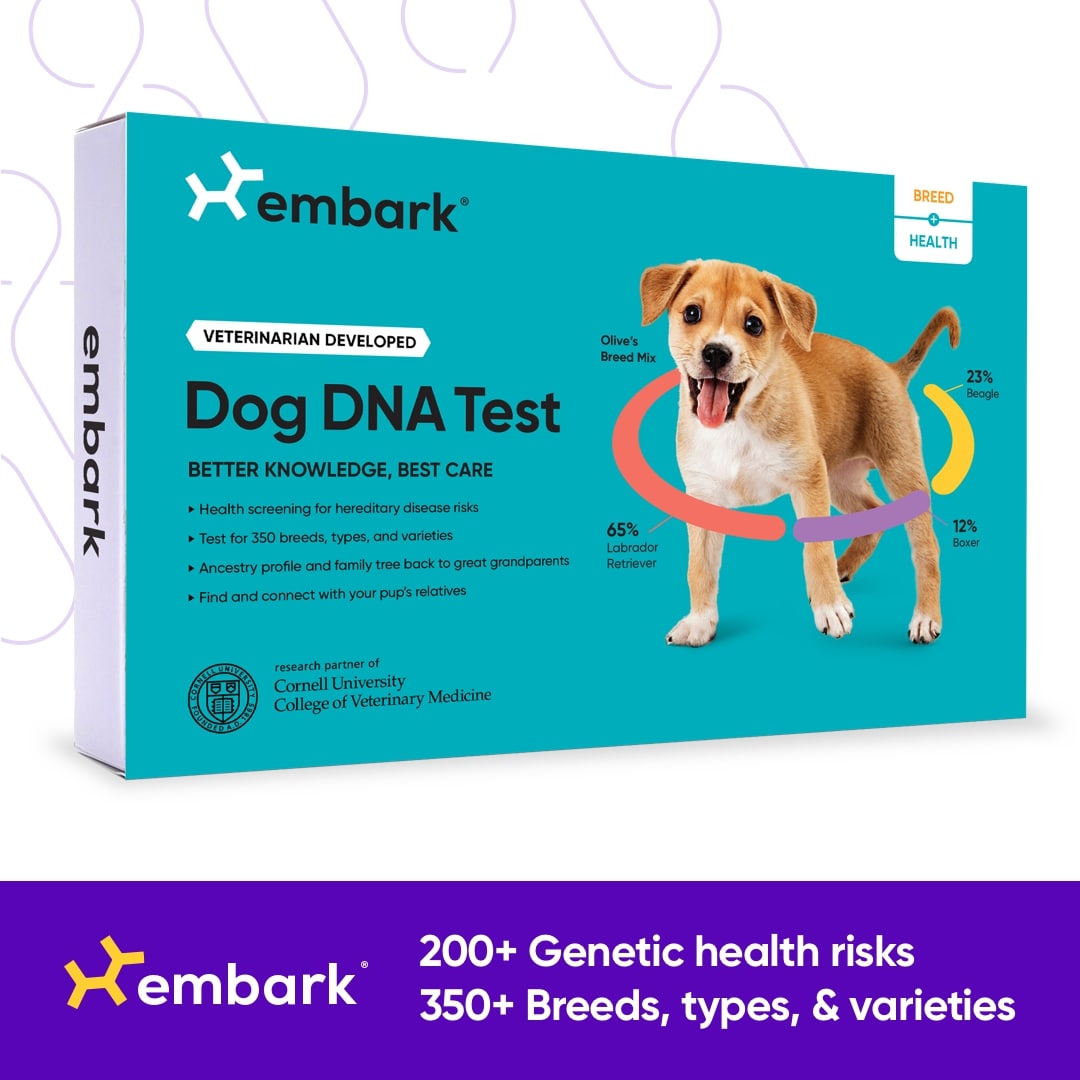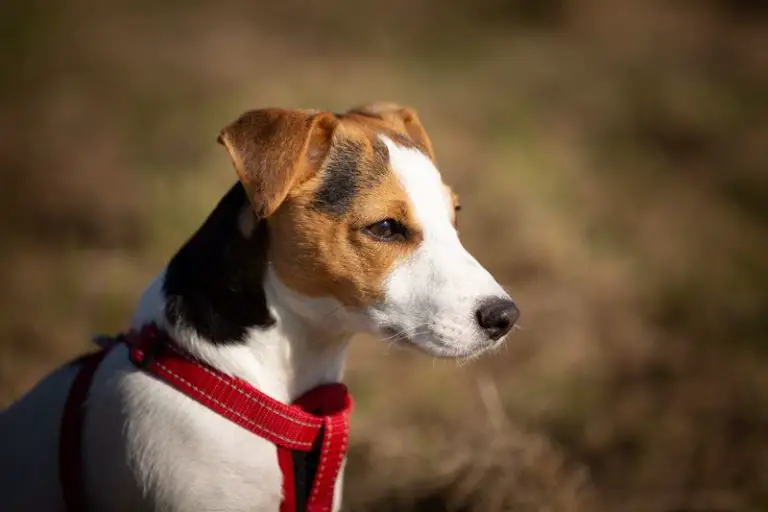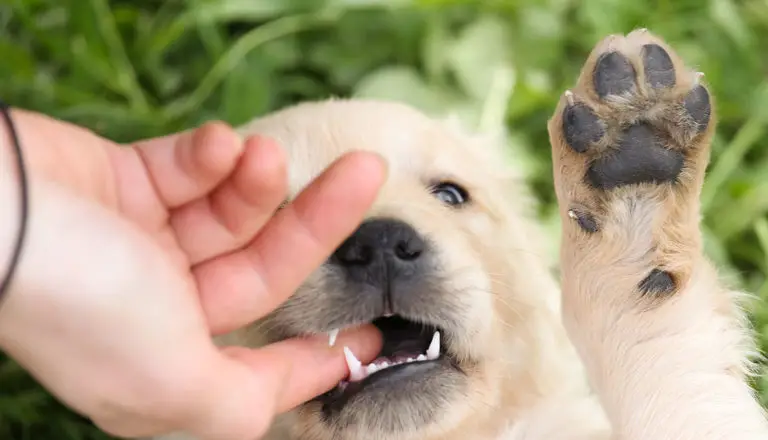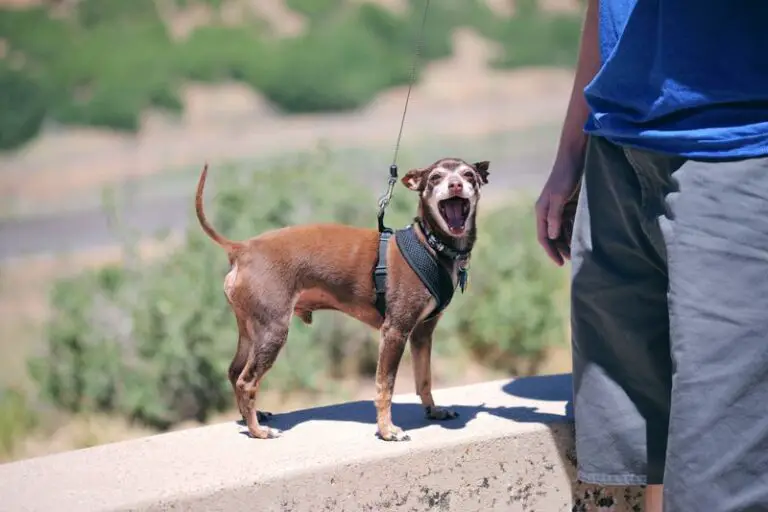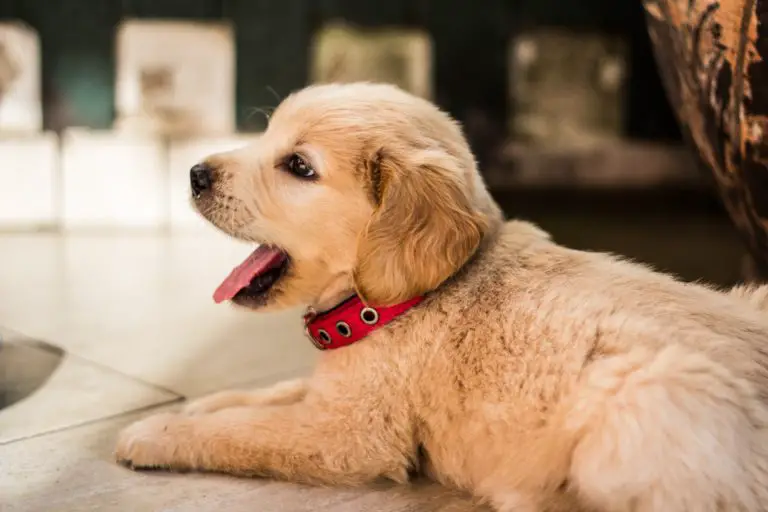Puppy Training For Kids: Everything You Need To Know
Are you living in a household that contains kids or small children and can potentially include an untrained puppy or a dog? Concerned over the well-being of your kids? Don’t worry. These concerns are quite common and are perfectly normal to have.
It is your duty as an adult, parent, or childcare provider to ensure sure that there is no potential harm that can or may occur. Puppy training for kids is an essential course of action that should be considered when parents are likely planning on introducing a new puppy to the family.
There are some things that you should be taking into consideration if you are planning on getting a new puppy while there are also small kids, children, and toddlers living on the same premises as a dog. You may want to read this.
Dog Breed
Selecting the correct dog breed when living in a house with kids is crucial. Although all dogs can be trained, many dogs require a lot more time and energy when beginning to train them than other dogs. For example, training a dog like a poodle can requires not so much time and energy but training a dog like a French bulldog or a pug who does not even want to pretend to be trained will wear you out.
Also, some dogs are known to be aggressive breeds. Pit bulls, Rottweilers, German Shepherds, Doberman Pinschers are all dogs that have a history of displaying more aggressive behaviors than when compared to other dog breeds.
Dog Size
Also, much larger dog breeds can be a bit harder to tame than dealing with smaller dogs. Consider opting for a small to medium-sized dog just so that any accidents or mishaps are kept at a minimum. Bigger dogs tend to be a bit clumsier and knock things over way more easily.
Allergies
Do you know if your child is allergic to dogs? Did you know that in The United States alone there are roughly about 37% of people including children that are either allergic to puppies or kittens? Some of the symptoms can include
- Redness on skin where contacted
- Skin irritation
- Sneezing
- Headaches
- Nausea
- Itchy throat
- Dry coughs
It is best to consult a physician if you believe that either you or your child is allergic to the new family puppy.
Training
It is best for you to allow your kid to gradually become more and more comfortable with just playing with the puppy or simply petting them. Your puppy must also be comfortable with the child in order to be a properly trained puppy.
The reason for this is because you will find it to be extremely difficult to train your puppy when they are either nervous, shy, scared, afraid, or anxious.
A puppy will usually perform better if they are under conditions that are normal, regular and nothing is out of the ordinary. Once you realize that the puppy has built up some sort of trust between your kids and themselves it is safe to begin training them.
Command #1 – Sit
What you will need
- Puppy Treats
- Patience
- A distraction free zone
- A puppy that is at least 4 months old
Teaching the sit command to a puppy can be a bit of a challenge. Puppies lose focus very quickly and are distracted by even the slightest movements. It is best to train the puppy in areas where there are little to no distractions.
First, let your child grab some puppy treats (link to Amazon). The puppy treats will always allow for you and your kid to keep the puppy’s attention. I like to think of this as a dog’s mind control device. Tell your puppy to “Sit”. Any luck? Of course, not.
Use the treats to get your puppy’s attention. Once his mind is on you then simply allow them to see it but do not give it to them. After your puppy grows tired of staring at you waving food around in their face then they will sit down. Once your puppy sits then give him the treat.
“Good Boy/ Good Girl” Always remember to treat your puppy and commend them every time they complete a task that you wanted them to accomplish. By doing this your puppy will then begin to understand that doing good things will earn them a reward. Repeat the process a few more times again before incorporating the sit command back into the training.
After they discover exactly what earns them a treat then try to tell them to “sit” again. This time do not allow your puppy just to grow weary and have a seat. This will not earn them a reward. Your puppy will learn after great amounts of repetition that when either you or your kid says “sit” and they actually do it is what will earn them their reward.
Command #2- No bite
What You Will Need
- Chew Toys
- Patience
- A puppy that is at least 4 months old
Most parents will find that their new puppy bites kids. I’m sure that your puppy has meant no harm or ill will by doing this. Dogs can be very instinctual creatures and they usually interact with objects by using their teeth. Puppy’s play with each other by biting and nipping on each other’s faces. For them, this is completely painless, and it is hard for them to understand that bites will actually hurt people.
Usually, getting a puppy to stop biting your kids can be solved by just providing them with more chew toys (link to Amazon). Puppies will chew on anything and everything they can get their mouths around. Having more chew toys for your puppy to play with will usually take their minds off of your kid’s skin.
Puppies chew and nip onto things for a number of different reasons. They may be teething, they are happy, they are scared, nervous, upset, or even angry. It is your duty as a parent to assure that whatever the reason is, it will stop.
If you are interested more in learning exactly “How To Get Your Puppy To Stop Biting” please read this article as it is more informative and provides a useful guide to stopping the bites fast.
Interested to learn more about tips and tricks of taking care of your new puppy? Click Here.

